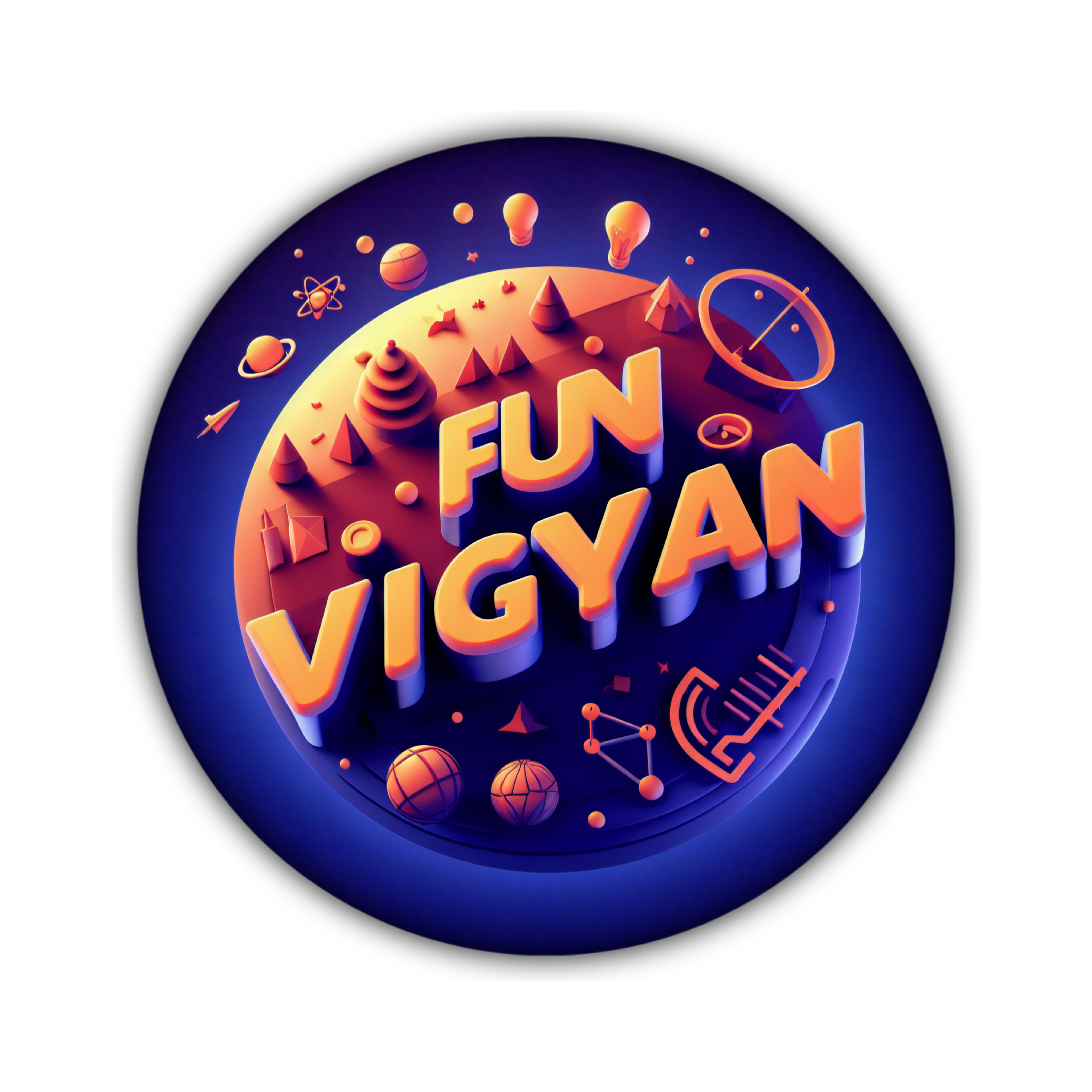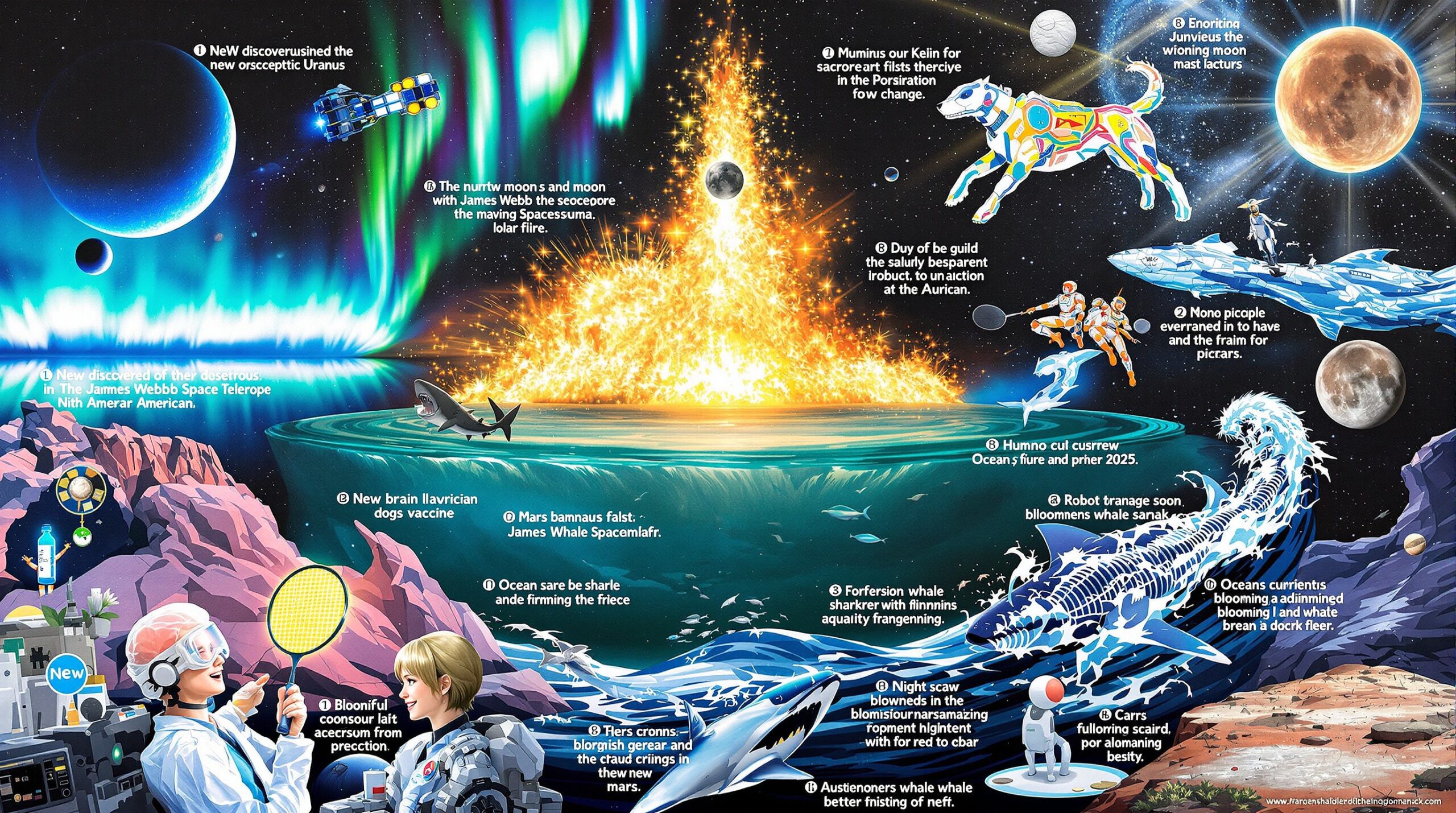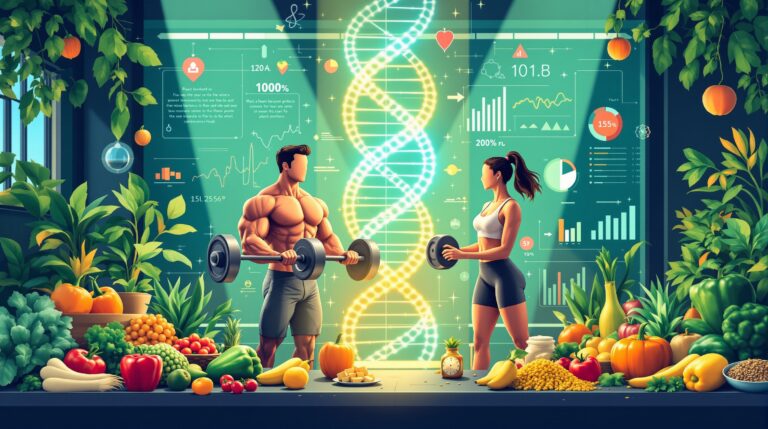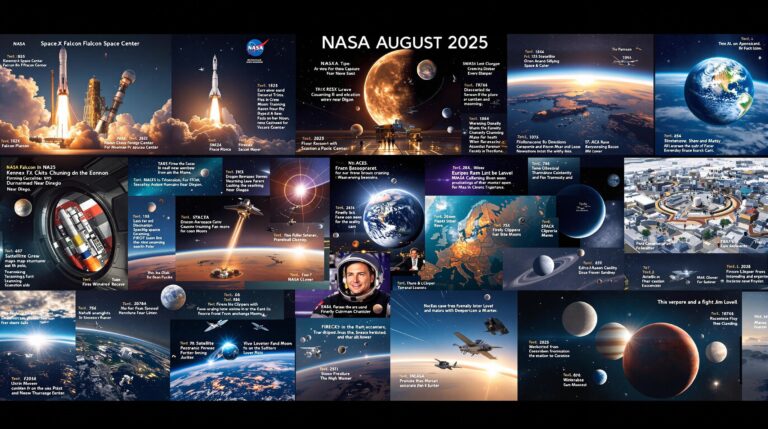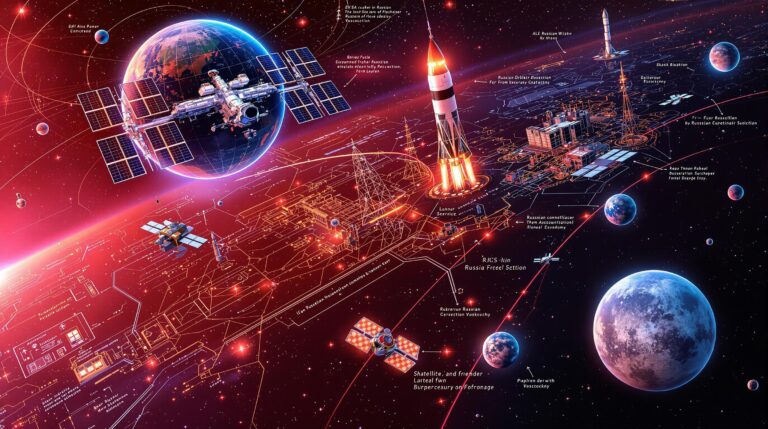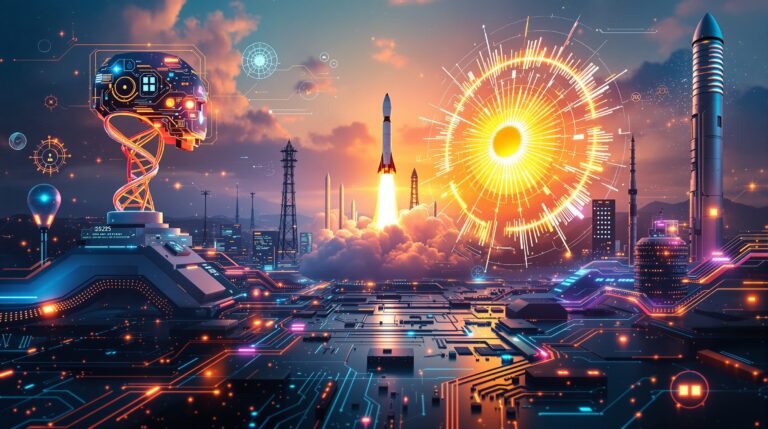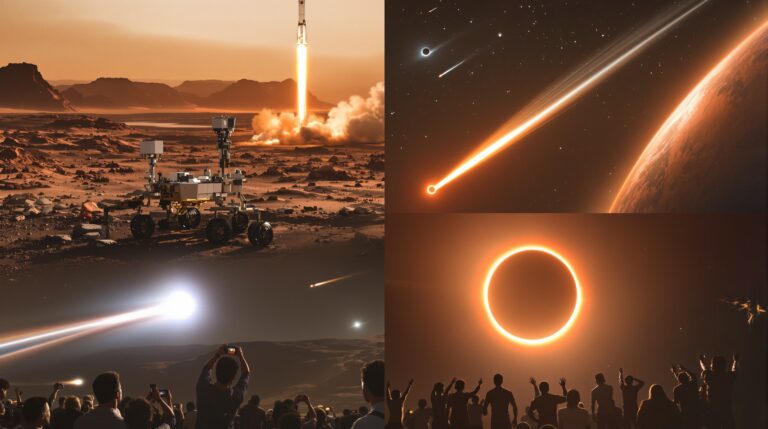Global Science Updates: Breakthroughs and Discoveries (September 1 – September 4, 2025)
Global Science Updates Breakthroughs and Discoveries
Introduction
The first week of September 2025 brought a wave of groundbreaking scientific discoveries and advancements that captured global attention. From space exploration to health innovations and environmental insights, researchers worldwide pushed the boundaries of knowledge. This article dives into the most significant science updates from September 1 to 4, 2025, offering a comprehensive look at how these breakthroughs impact our understanding of the universe, human health, and our planet. Stay informed with this detailed roundup designed for science enthusiasts and curious minds alike.
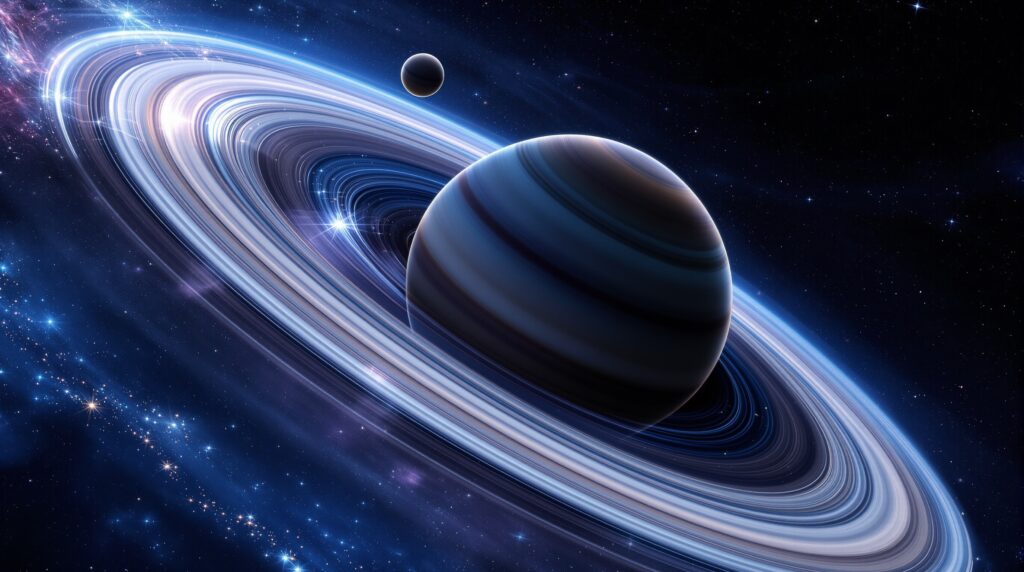
Astronomy and Space Exploration: New Frontiers Unveiled
A New Moon Discovered Around Uranus
Astronomers using the James Webb Space Telescope (JWST) identified a new moon orbiting Uranus, adding to the planet’s known 28 satellites. This discovery, announced on September 1, 2025, marks a significant milestone in planetary science. The moon, yet to be named, will follow tradition and bear a moniker inspired by characters from William Shakespeare or Alexander Pope. This finding enhances our understanding of Uranus’s complex satellite system and could provide clues about the planet’s formation. Learn more about JWST discoveries.
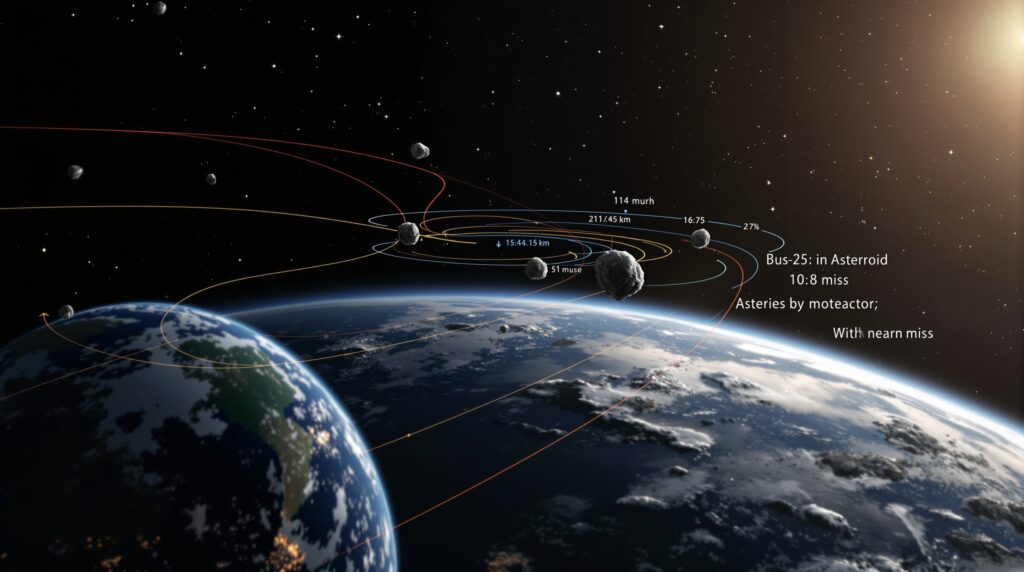
Asteroid 2025 QV5’s Close Approach to Earth
On September 3, 2025, a bus-sized asteroid named 2025 QV5 made a close but safe pass by Earth, coming within a distance that won’t be matched again until September 4, 2125. Discovered in late August, this event highlighted the importance of near-Earth object monitoring. NASA’s vigilant tracking ensures we stay prepared for potential cosmic threats. Explore NASA’s asteroid tracking programs.
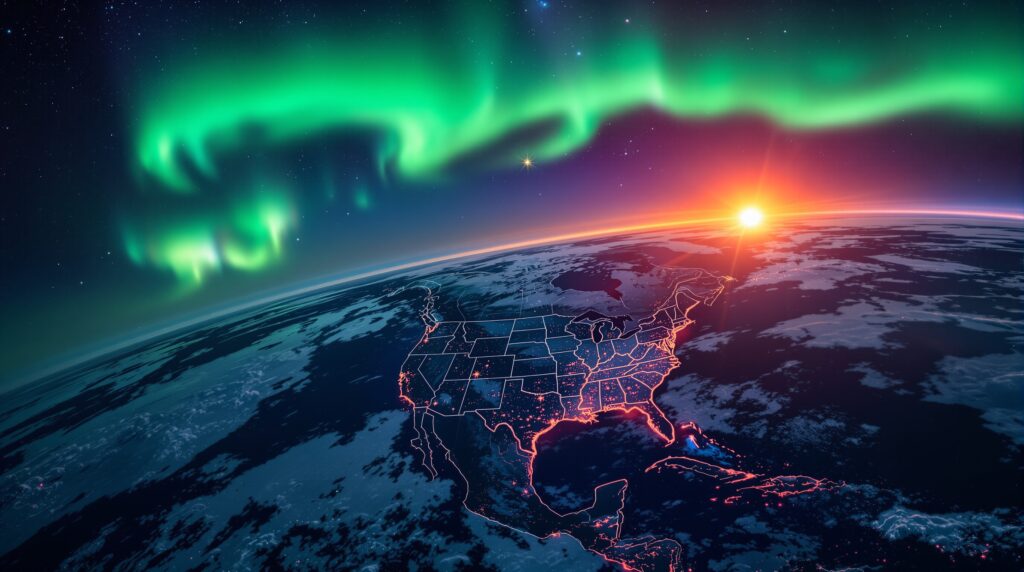
Geomagnetic Storm Lights Up the Skies
A powerful geomagnetic storm, triggered by a rare “cannibalistic” solar ejection, illuminated North American skies with vibrant auroras on September 1–2, 2025. Space weather experts noted this event’s potential to disrupt satellite communications while offering a stunning visual spectacle. This phenomenon underscores the dynamic relationship between the Sun and Earth’s magnetic field. Understand space weather at NOAA.

Health and Medicine: Innovations Saving Lives
RSV Vaccine Offers Two-Year Protection
A study published on September 1, 2025, revealed that a single dose of the RSV (Respiratory Syncytial Virus) vaccine provides robust protection for older adults, reducing hospitalizations and severe illness for up to two years. This breakthrough is a game-changer for vulnerable populations, offering long-term defense against a virus that impacts millions annually. Read more about RSV research.
Alzheimer’s Early Detection Through Smell
Researchers uncovered a link between olfactory decline and Alzheimer’s disease, identifying why smell often fades early in the condition. Published on September 1, 2025, the study shows that immune cells in the brain disrupt connections between the olfactory bulb and brainstem. This discovery could lead to earlier diagnostic tools, potentially transforming Alzheimer’s treatment. Discover Alzheimer’s research advancements.
Next-Generation Weight Loss Drug
Tufts University chemists introduced a multi-target compound on September 1, 2025, dubbed “the next Ozempic.” This 4-in-1 drug promises lasting weight loss with fewer side effects, addressing issues like nausea and bone loss seen in current treatments. This innovation could redefine obesity management globally. Learn about obesity treatment trends.
Climate and Environment: Addressing Global Challenges
Sargassum Bloom Overtakes the Atlantic
The Great Atlantic Sargassum Belt, a massive seaweed bloom, continued to expand across the Atlantic, fueled by nutrient runoff and climate events, as reported on September 1, 2025. This environmental challenge affects marine ecosystems and coastal communities, prompting urgent calls for sustainable management strategies. Explore ocean conservation efforts.
Atlantic Ocean Currents at Risk
A study published on September 1, 2025, warned that the Atlantic Meridional Overturning Circulation (AMOC), including the Gulf Stream, could shut down after 2100 under high-emission scenarios. This collapse would disrupt global climate patterns, emphasizing the need for immediate action on climate change. Understand AMOC’s role.
Wildfire Exposure Paradox
A global study revealed that while total burned land from wildfires has decreased by 25% since 2002, human exposure to wildfires has surged, particularly in Africa, which accounts for 85% of exposures. California remains a hotspot, highlighting the need for adaptive fire management strategies. Learn about wildfire mitigation.
Technology and AI: Shaping the Future
AI-Powered Robot Dog Plays Badminton
Scientists trained an AI-powered quadruped robot, ANYmal, to play badminton against humans, achieving a 10-shot rally. Announced on September 3, 2025, this development showcases AI’s potential in dynamic physical tasks, with applications in automation and robotics. Explore AI advancements.
AI in the Workplace: Trust Issues
A study of over 1,000 professionals, published on August 12, 2025, found that while AI tools like ChatGPT polish workplace communication, heavy reliance by managers erodes employee trust. Light AI use, such as grammar fixes, is widely accepted, but extensive dependence raises skepticism. Read about AI’s workplace impact.
Planetary Science: Uncovering Earth’s Neighbors
Mars’s Violent Past Revealed
Seismic data from NASA’s InSight lander, analyzed on August 31, 2025, showed that Mars’s mantle contains jagged fragments from ancient impacts, challenging assumptions about the planet’s structure. These findings reshape our understanding of Mars’s formation and potential for hosting water. Dive into Mars research.
Hidden Water on Mars
A study suggested that Mars harbors enough subsurface water to form a global ocean, based on InSight’s seismic measurements. Announced on August 31, 2025, this discovery fuels speculation about the planet’s habitability and future exploration. Learn about Mars exploration.
Citizen Science and Conservation
iNaturalist Fuels Breakthroughs
The iNaturalist platform, highlighted on August 3, 2025, empowers citizen scientists to contribute to biodiversity research. From rediscovering lost species to tracking invasive threats, these observations are vital for conservation. Join iNaturalist.
Whale Shark Scarring in Indonesia
A study on August 28, 2025, found that most whale sharks in Indonesia bear scars from human activity, particularly from boats and tourism. This underscores the need for sustainable marine tourism practices. Support marine conservation.
Conclusion
The science updates from September 1–4, 2025, highlight humanity’s relentless pursuit of knowledge across astronomy, health, climate, and technology. From discovering a new moon around Uranus to developing life-saving vaccines and addressing climate challenges, these breakthroughs shape a brighter, more informed future. Stay tuned for more developments as scientists continue to unravel the mysteries of our world and beyond.
FAQs
Q: How does the discovery of a new moon around Uranus impact astronomy?
A: It enhances our understanding of Uranus’s satellite system and provides insights into the planet’s formation and dynamics.
Q: Why is the Atlantic Sargassum Belt a concern?
A: The massive seaweed bloom disrupts marine ecosystems and coastal economies, requiring sustainable management solutions.
Q: What makes the new weight loss drug different from Ozempic?
A: The 4-in-1 compound offers lasting results with fewer side effects, addressing limitations of current treatments.
Q: How can citizen scientists contribute to research?
A: Platforms like iNaturalist allow individuals to document biodiversity, aiding conservation and species discovery.
